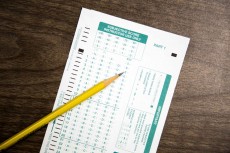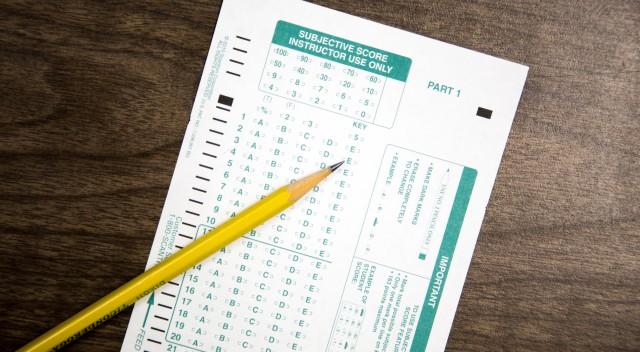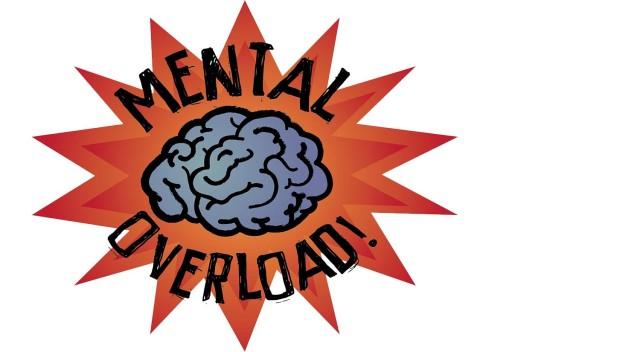By Erica McComas/ reporter
Test anxiety can happen to anyone, NW students learned Nov. 18.

NW supplemental instruction coordinator Ryan Ferguson presented Test Taking Tips on NW Campus. With two master’s degrees from the University of North Texas, he has experience taking exams and understands how the pressure is sometimes overwhelming.
Ferguson gave symptoms and tips for those who may think or even know they have test anxiety. If students feel tense, cannot focus, sweat, get headaches — the list goes on and on, but if one of these symptoms sounds familiar when taking a test, more than likely that person has test anxiety.
The way to fight test anxiety is to be prepared, be confident and not overstudy, Ferguson said.
“One major no-no is pretest hysteria,” he said.
This occurs in the hallway waiting for class to start when classmates are outside going over all the notes right before a test. Instead of doing that, Ferguson said to take this time to relax and not psych oneself out for the test or overthink questions.
Ferguson offered a four-step process for test studying. The first step is lesson preview. He said this is to make sure students feel comfortable with the material. Step two is daily lesson review, which involves studying lecture notes at least 20-30 minutes a day so students don’t forget them overnight. In the third step, weekly review, students spend 45-60 minutes studying everything they learned for the week. This will help especially if they have a comprehensive final, Ferguson said. Lastly, anticipating test questions requires students to think of what the professor might put on the test. Students should listen for signs like the professor repeating something twice, key terms or flat-out saying, “This will be on the test.”
Another technique is test cramming.
“You shouldn’t cram, but sometimes you just don’t have a choice,” he said.
The cons of cramming would be not maintaining the information long enough to remember it as it is a short-term memory, Ferguson said. Also, students are learning a lot of information in a short period of time, most likely resulting in students not doing so well. But life happens, and sometimes students just have to cram, Ferguson said, so he provided a four-step process for cramming.
First, students should make choices and focus on the things they don’t know. Next, they should get organized. Ferguson said making up rhymes or little tricks to remember the information will help during the test, and this is a form of studying. His third step was reciting. He said the different ways one reads material, the better it will stick (read out loud or find a study partner). The fourth step in cramming is to relax.
Ferguson also offered tips and tricks for multiple-choice tests.
“Make sure you know where, when and what,” he said.
Students should ask if a Scantron will be needed and maybe what kind of Scantron. Also, students should arrive early to get comfortable, he said. A big thing is to pay attention to directions so students don’t make mistakes or miss something.
“Write your name on everything,” he said. “Just in case something happens, the professor will have a backup.”
Students don’t want to have to retake the test. Lastly, students should pay attention to their instincts and trust themselves because usually the first answer they pick is correct.
When studying for essay exams, Ferguson said students want to always plan ahead. They should predict and practice so they are prepared. Brainstorming and having an outline will always prepare students and help them set up a story. He suggested using a basic organizational structure: introduction, body and conclusion.
“Brevity is key — keep it short,” he said.
Students need to know how much to write and how much to leave out.
After any exam, students should check to see what they missed so they will know what needs to be improved for the next test.






























